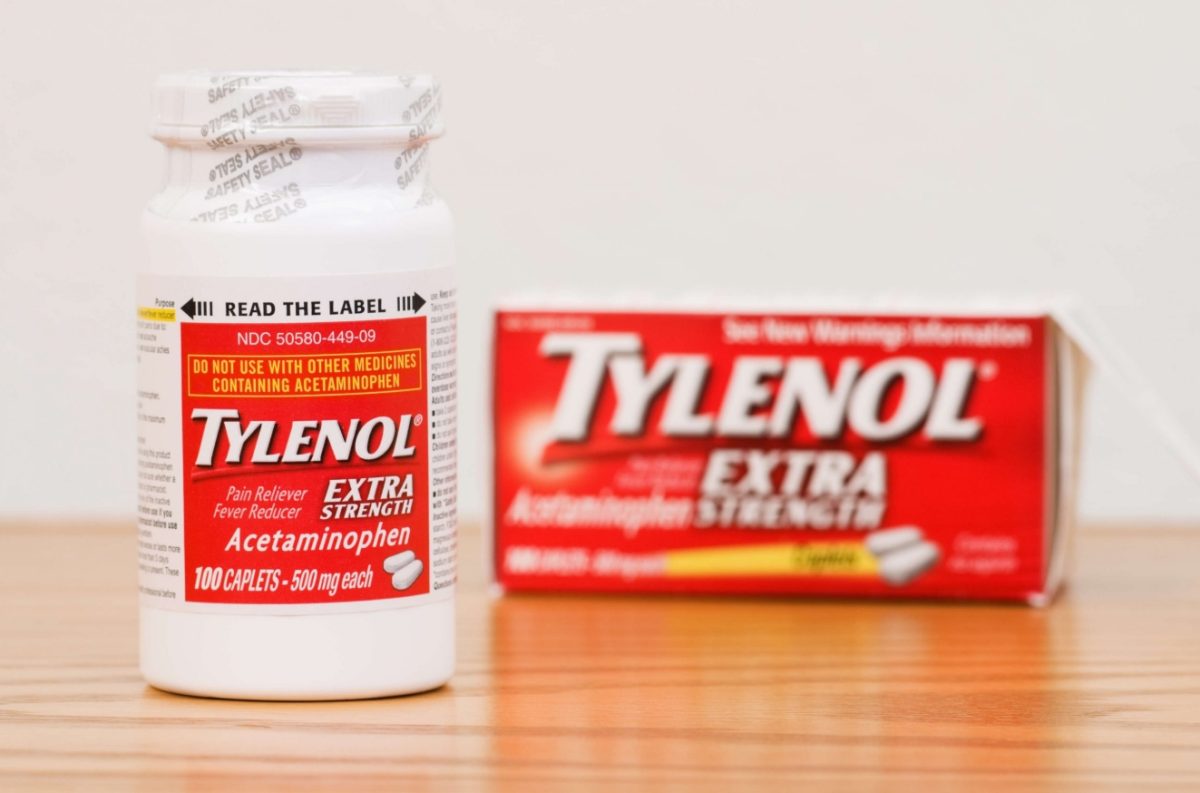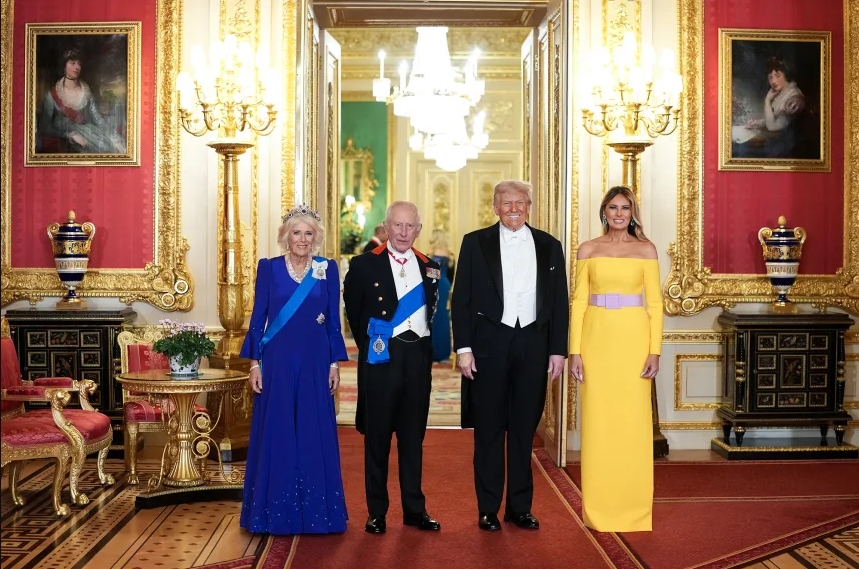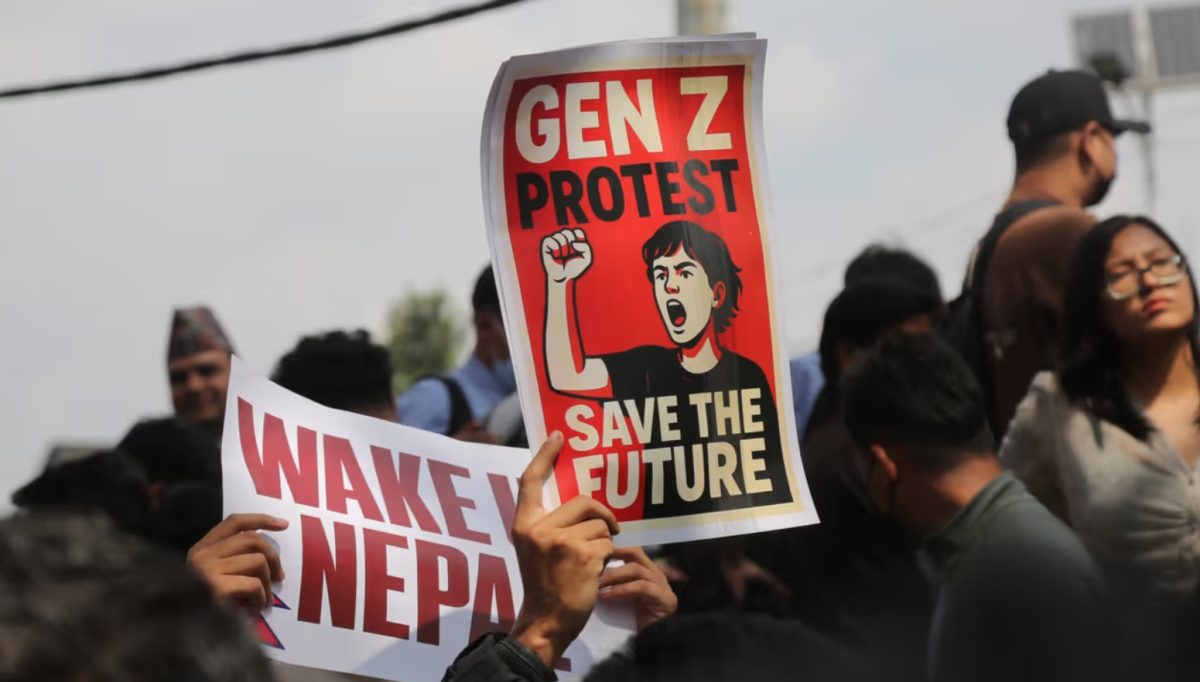One of top-five largest filament three-dimensional printers in the world will be on display at Gannon University’s upcoming Open House on April 22, and it just happens to have been designed and built by members of Gannon’s own GUBotDev team.
Senior electrical engineering major Nick DeVine, project leader and chief operations officer for GUBotDev, designed and built the 3-D printer from scratch with partners Steven Rowland, a junior software engineering major, and Jeremy Korte, a fellow senior electrical engineering major.
The 3-D printer works by printing from the ground up. The machine adds thousands of razor-thin layers of plastic on top of one another until a solid, three-dimensional object is formed.
DeVine said that the idea for the printer was conceived on Aug. 18 while he and his partners were in Amman, Jordan, teaching a robotics workshop at the University of Baghdad and the American University of Madaba.
“Someone suggested that we build something big enough to print ourselves and after all the joking, we decided that we had to build it,” Korte said in a press release.
Using the money that was earned during their trip, the group got to work on making their idea into reality following their return to campus.
As a college organization, GUBotDev didn’t have the resources or budget of a large-scale engineering or manufacturing corporation, so DeVine and his partners had to get creative when searching for the parts necessary to build the printer.
DeVine said that some of the material used to make the printer head’s guide wheels were found on Craigslist, while other parts used to build the printer were simply leftover materials sitting around in the mechanical engineering lab in the Zurn Science Center.
DeVine said the aluminum I-beams used for the printer’s towering 10-foot frame were the most difficult parts to find. After changing ideas for the frame material several times, the team ultimately decided on aluminum and purchased the beams from local steel supplier Gene Davis.
On Oct. 2, a mere 45 days after the team had dreamt up the idea, the printer was complete and ready to be presented at the Erie Manufacturing Day Expo at the Bayfront Convention Center.
Rowland said that the advantage of having a printer of this size is its ability to print more useful prototypes.
“As prototypes typically allow for the design to be analyzed to see if it will function properly, it is best to use the closest representation of the object that is possible,” Rowland said. “Otherwise, if the object is not to scale, you will still be theorizing whether the design will work or not.”
While DeVine said that he and his partners will be working on a new project for next year’s Manufacturing Day Expo, they still plan on modifying and upgrading the printer.
Plans include adding a feature that will allow multiple colors to be printed at once and introducing custom heaters to melt the plastic faster and increase production speed. Korte and DeVine will still be enrolled at Gannon during the fall semester, but hope that the GUBotDev team will continue to work on their design after they graduate.
As for the more distant future, Korte said that the three are interested in starting a business with their design and selling customized versions to interested companies.
Anyone interested in joining the GUBotDev team and contributing similar projects can contact Devine via email at [email protected] or stop by one of their weekly meetings held at 4:30 p.m. every Friday in Room 354 of the Zurn Science Center.
KYLE JOSEPH
[email protected]







